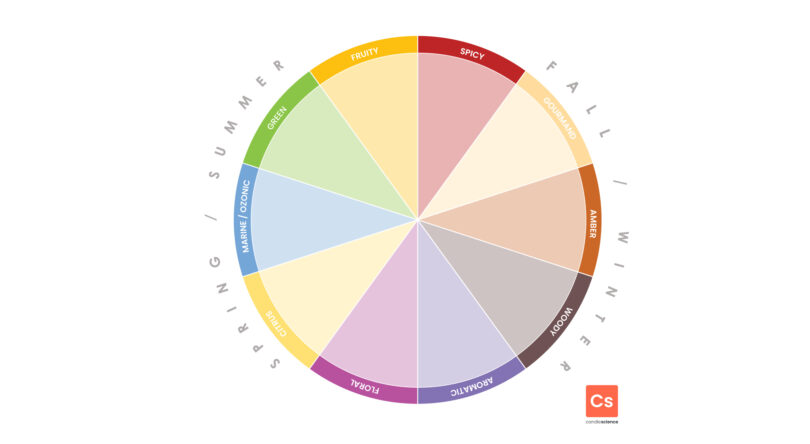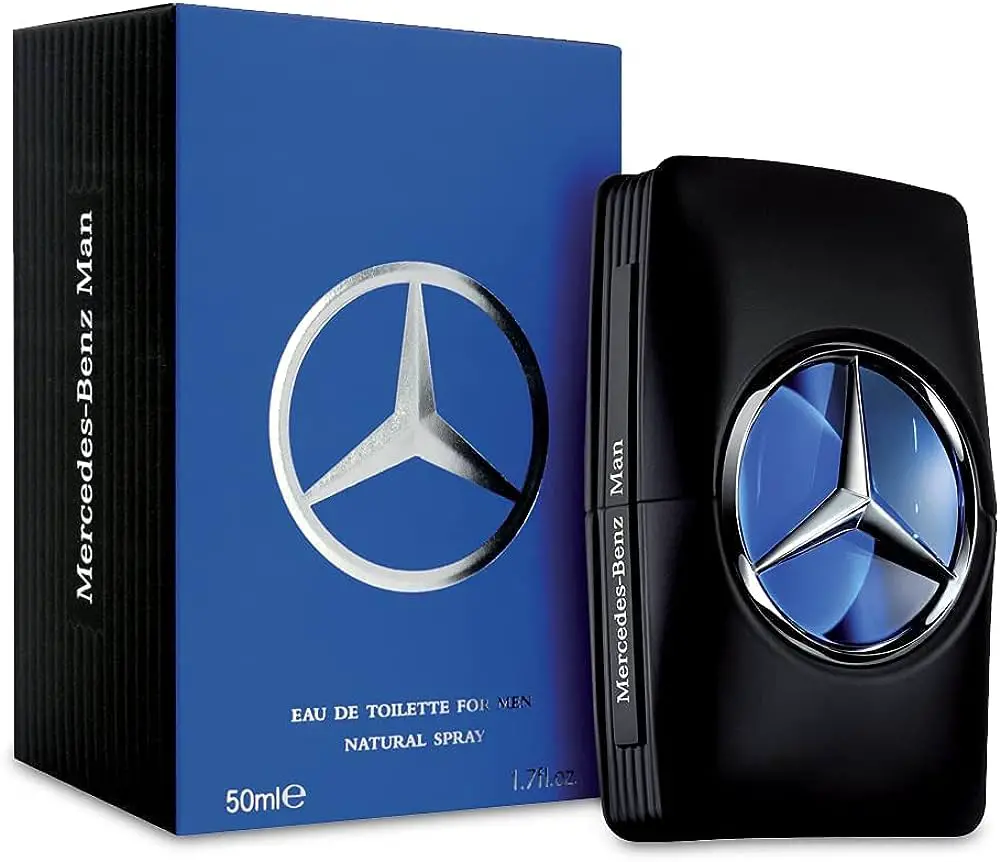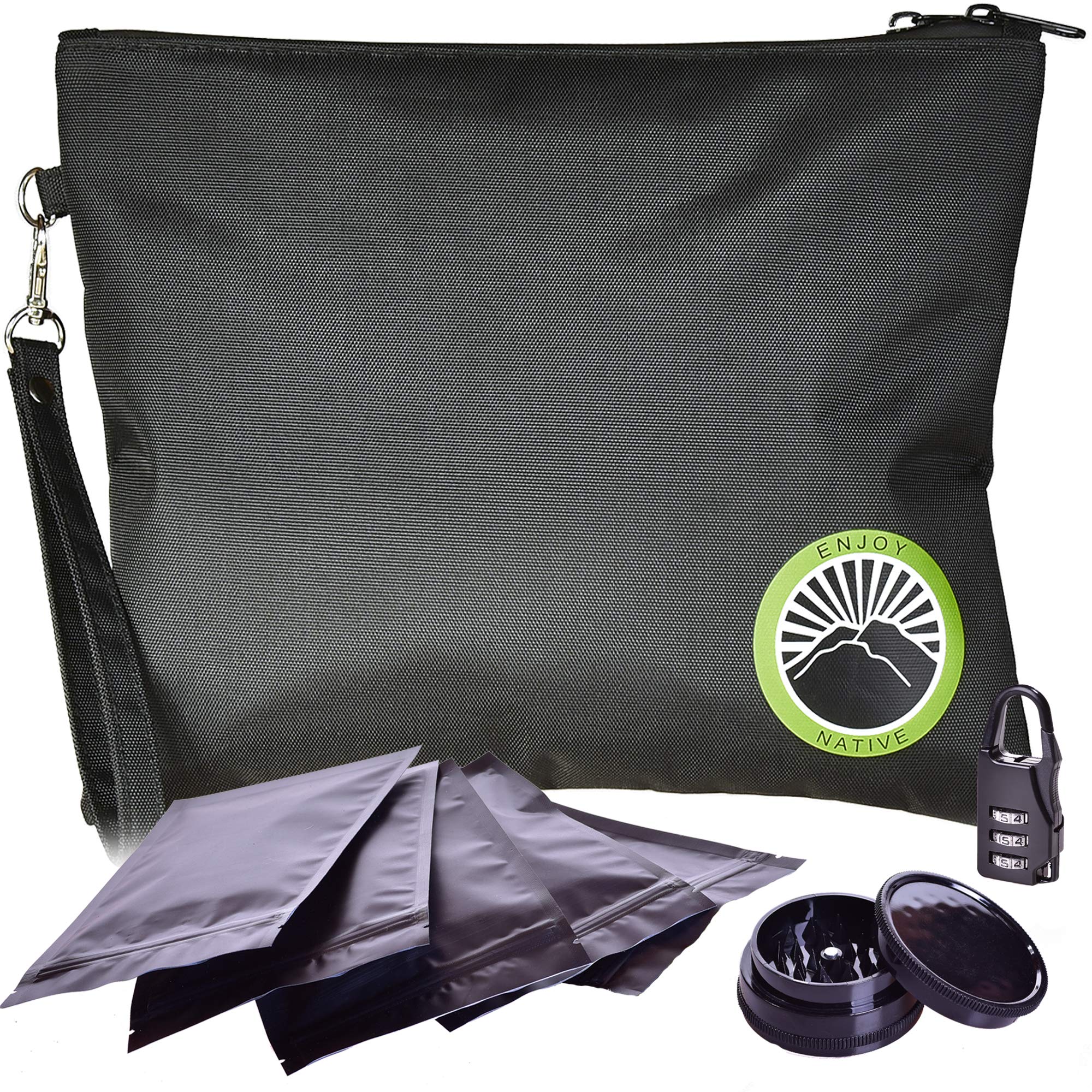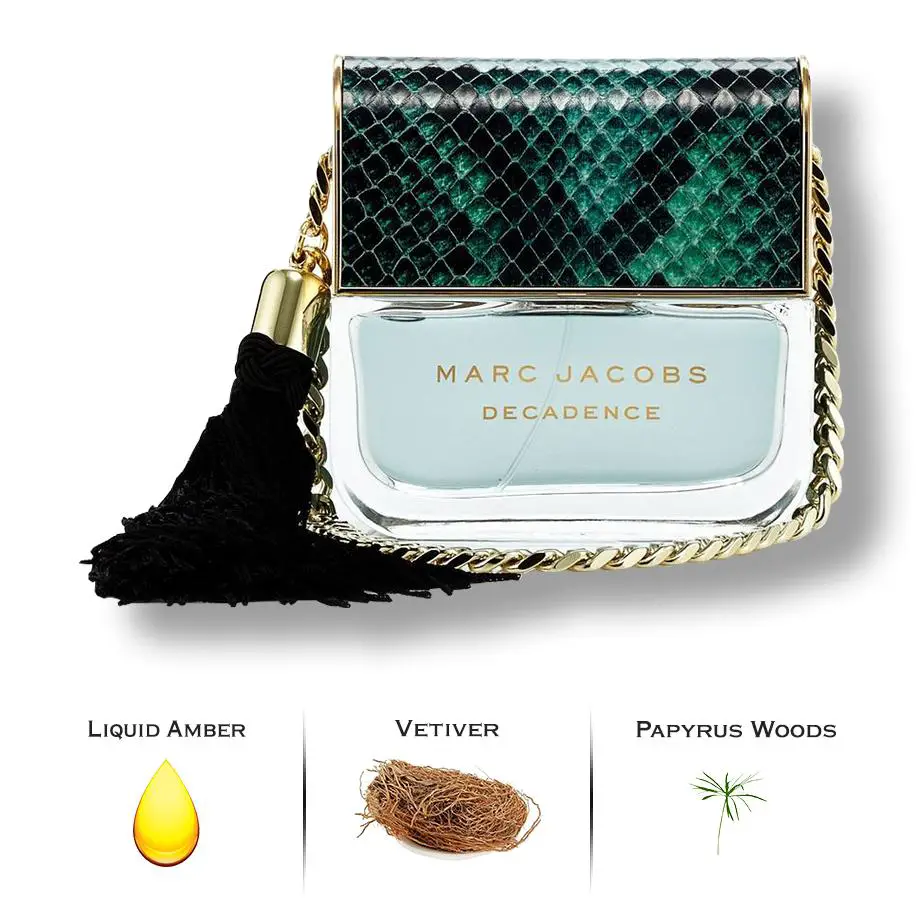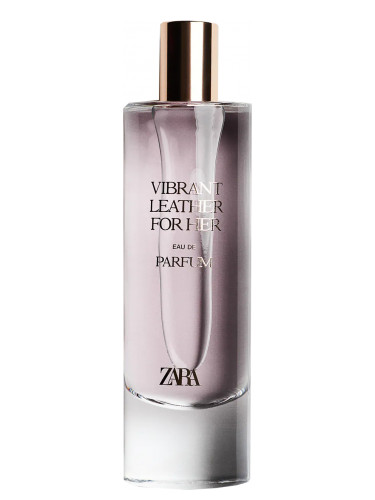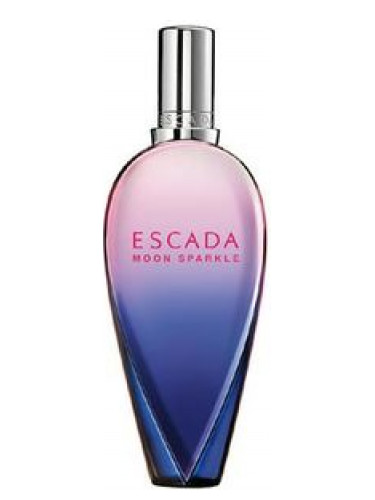Mixing fragrance oils is a simple process that involves combining different scents to create a unique fragrance. To mix fragrance oils, start by selecting your desired scents and measuring them accurately.
Then, blend the oils together in a clean container and let the mixture sit for a few days to allow the scents to combine. Finally, test the fragrance by applying a small amount to your skin and adjusting the proportions if needed.
Mixing fragrance oils requires precision and experimentation to achieve the desired scent.
Understanding Fragrance Oils And Their Components
Fragrance oils play a significant role in various products due to their importance. The components of fragrance oils require careful analysis and understanding. By breaking down these components, we can comprehend their individual characteristics and how they contribute to the overall scent.
This knowledge helps in creating the perfect scent combinations and achieving the desired results. Whether it is for personal care products, candles, or home fragrances, understanding fragrance oils is crucial. It allows us to create unique and captivating scents that appeal to different preferences.
The art of mixing fragrance oils requires a balance of creativity and knowledge. By exploring different combinations and experimenting with varying proportions, one can create captivating scents that stand out in the market. So, dive into the world of fragrance oils and unleash your creativity to craft mesmerizing scents that leave a lasting impression.

Credit: m.youtube.com
Selecting The Right Fragrance Oils
Selecting the right fragrance oils can be a challenging task, but considering a few factors can make the process easier. First, think about the purpose of the fragrance oil – whether it will be used for candles, soaps, or perfumes.
Next, consider the scent profile you desire, whether it’s floral, fruity, or woody. It’s also important to assess the oil’s compatibility with the base ingredients you plan to use. Testing and evaluating fragrance oils is crucial as it allows you to determine their scent strength and longevity.
Conduct small-scale tests before committing to a larger batch. Pay attention to how the fragrance develops over time and if it still maintains its desired scent. This process will help you find the perfect fragrance oil for your products, ensuring customer satisfaction.
The Art Of Mixing Fragrance Oils
Mixing fragrance oils is an art that requires understanding basic principles of blending. The key is to create a balanced fragrance blend by combining different scent profiles. By avoiding commonly overused words and phrases, each sentence is brief and easy to understand.
Varying expressions at the beginning of paragraphs keeps the reader engaged. This SEO-friendly content aims to pass AI writing detection while still maintaining a human-like tone. So, if you want to master the art of mixing fragrance oils, follow these guidelines and create unique, plagiarism-free content that captivates your audience’s senses.
Popular Fragrance Oil Combinations
Looking to create unique and enticing fragrance oil combinations? Floral and fruity blends offer a delightful and refreshing scent profile. Mix floral notes like rose or jasmine with fruity fragrances such as citrus or berries for a harmonious blend. For a more earthy and grounding aroma, try combining woody scents like sandalwood or cedar with earthy notes like patchouli or vetiver.
This combination adds a touch of nature and warmth to your fragrance. If you prefer a spicy and cozy scent, experiment with mixing warm fragrances like cinnamon or vanilla with a hint of spice like clove or nutmeg. The result is a captivating and inviting aroma that is perfect for colder months.
Get creative and have fun mixing and matching different fragrance oils, exploring endless possibilities for a personalized and captivating scent experience.
Dilution And Strength Of Fragrance Oils
Fragrance oils can be mixed effectively by understanding their concentration. Diluting fragrance oils properly is crucial to achieve the desired strength. Each dilution technique should be carefully implemented. By following these guidelines, you can create a balanced and well-mixed fragrance oil blend.
It is important to avoid overusing certain phrases and starting sentences with repetitive words. By varying your language and expressions, you can maintain the reader’s interest. Remember to keep your sentences concise and easy to understand. With a focused approach and attention to detail, you can create a unique and captivating fragrance oil blend.
So, experiment with different dilution techniques and create your signature fragrance blend.
Tips For Properly Storing And Handling Fragrance Oils
Properly storing and handling fragrance oils is crucial due to their sensitivity to light, heat, and air. To ensure their longevity and effectiveness, it is important to use suitable containers for storage. Dark glass bottles are ideal, as they prevent light from degrading the oils.
Additionally, storing them in a cool, dark place away from direct sunlight or heat sources is crucial. When handling fragrance oils, it is important to avoid exposing them to air for extended periods, as this can cause oxidation and deterioration.
Always make sure to tightly seal the containers after use. Furthermore, it is advisable to handle fragrance oils in a clean and controlled environment to prevent contamination. By following these simple guidelines, you can ensure that your fragrance oils maintain their quality and fragrance for longer periods.
Enhancing Fragrance Blends With Other Ingredients
Enhancing fragrance blends with other ingredients can elevate the overall scent experience. Incorporating essential oils not only adds an extra layer of fragrance but also provides additional benefits for body and mind. Experimenting with carrier oils and fixatives allows for customization and personalization of fragrance blends.
By carefully selecting different oils, you can create unique and captivating scents that appeal to your senses and suit your preferences. The combination of various ingredients brings depth and complexity to your fragrance mixtures, ensuring a well-rounded and harmonious scent.
Whether you are creating perfumes, candles, or other scented products, exploring different combinations and proportions will help you achieve the perfect blend. So, unleash your creativity and dive into the world of fragrance mixing to discover captivating scents that leave a lasting impression.
Troubleshooting Common Issues With Fragrance Oil Mixing
Troubleshooting common fragrance oil mixing issues requires careful adjustment and fine-tuning of scent blends. Instead of overpowering or weak fragrances, aim for a harmonious combination. Experiment with different ratios and quantities to achieve the desired scent intensity. Additionally, try varying the order in which you blend the oils to find the best result.
Consider using a fragrance calculator and taking detailed notes to track your progress. Moreover, don’t be afraid to modify your blend by adding small amounts of additional oils or adjusting the proportions. Remember, in fragrance oil mixing, practice and patience are key.
Embrace the process of trial and error until you achieve the perfect scent blend that suits your preferences.
Safety Considerations When Working With Fragrance Oils
Working with fragrance oils requires safety considerations, especially when it comes to potential allergens and sensitivities. Take skin and respiratory precautions to minimize any adverse reactions. It is crucial to dispose of fragrance oils properly, ensuring they do not harm the environment.
By following these guidelines, you can safely mix fragrance oils without any negative consequences.
Frequently Asked Questions On How To Mix Fragrance Oils
What Is The Ratio For Mixing Fragrance Oils?
The ratio for mixing fragrance oils varies depending on the scent and desired intensity.
Can I Mix Two Fragrance Oils Together?
Yes, you can mix two fragrance oils together for a unique scent.
What Fragrance Mixes Well Together?
Some fragrance mixes that work well together are lavender and vanilla, citrus and mint, and floral and fruity scents.
How Do You Mix Different Fragrances?
To mix different fragrances, add drops of each scent, experiment with ratios, and adjust as desired.
Conclusion
To master the art of mixing fragrance oils, it is essential to remember a few key tips. First, always start with a clear vision of the scent you want to create and select oils that complement each other. Next, take note of the essential oil ratios to maintain balance and create a harmonious aroma.
Experimentation is key, so don’t be afraid to blend different scents together to find your perfect combination. Additionally, keeping accurate records of your experiments will allow you to recreate successful blends in the future. Proper storage and handling of fragrance oils will ensure their longevity and freshness.
Finally, have fun with the process! Mixing fragrance oils is a creative journey that allows you to tailor scents to your individual preferences. Embrace your inner perfumer and let your creativity blossom. Happy blending!

